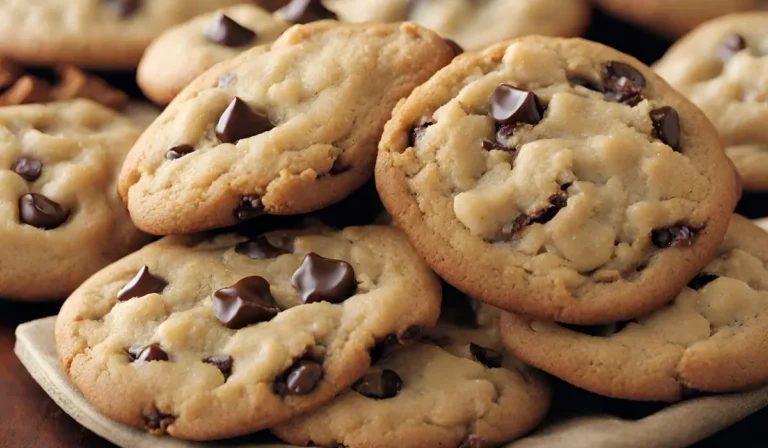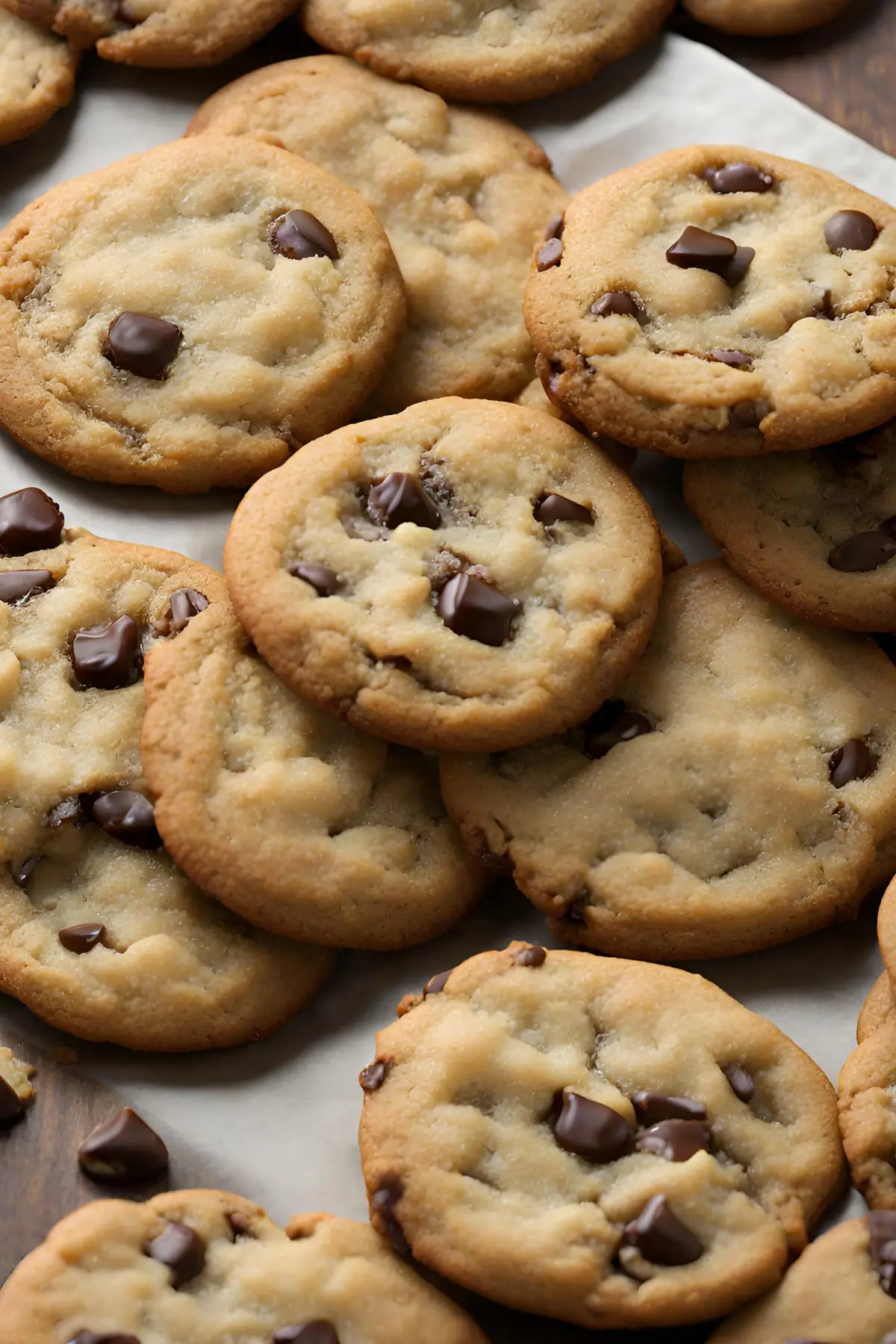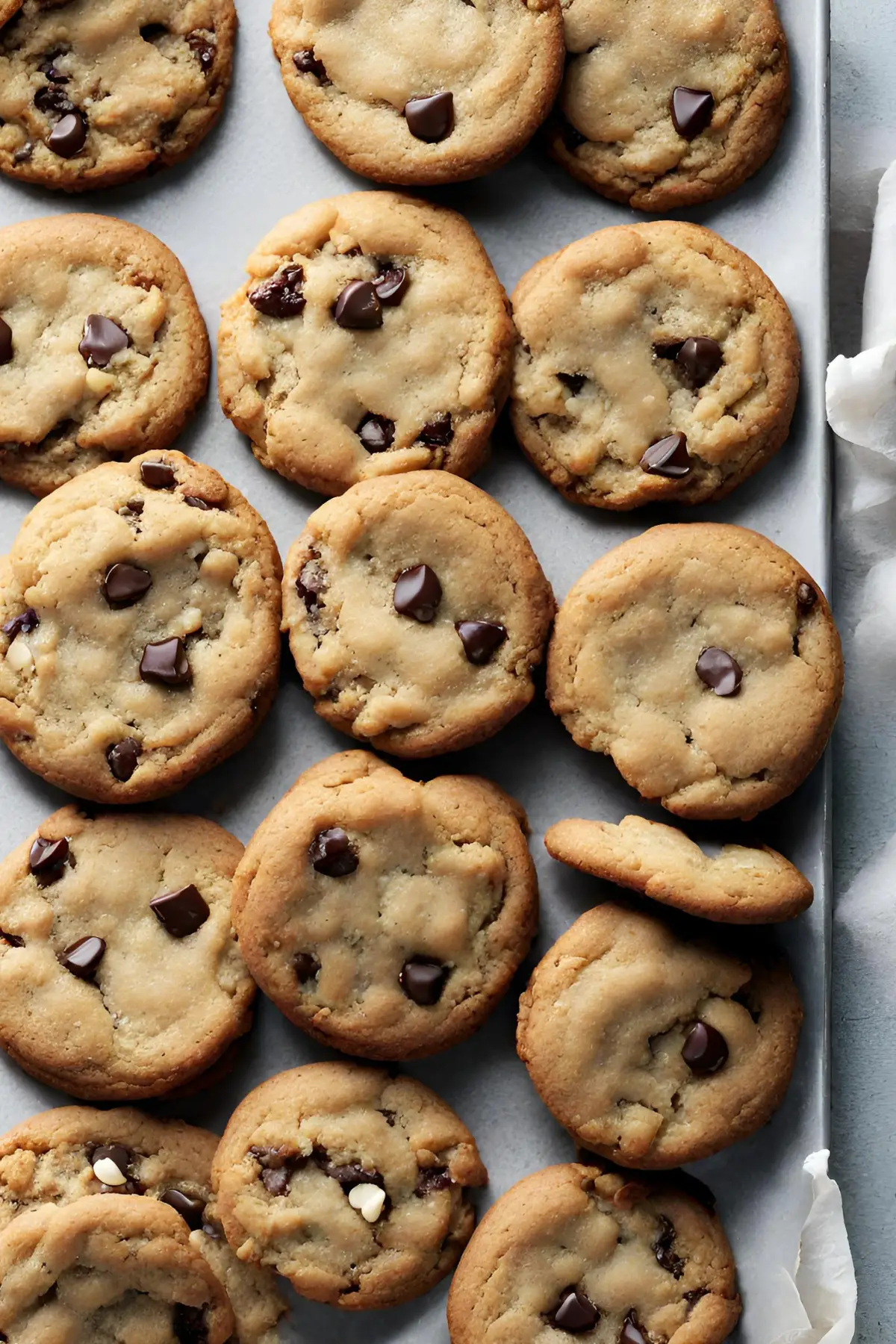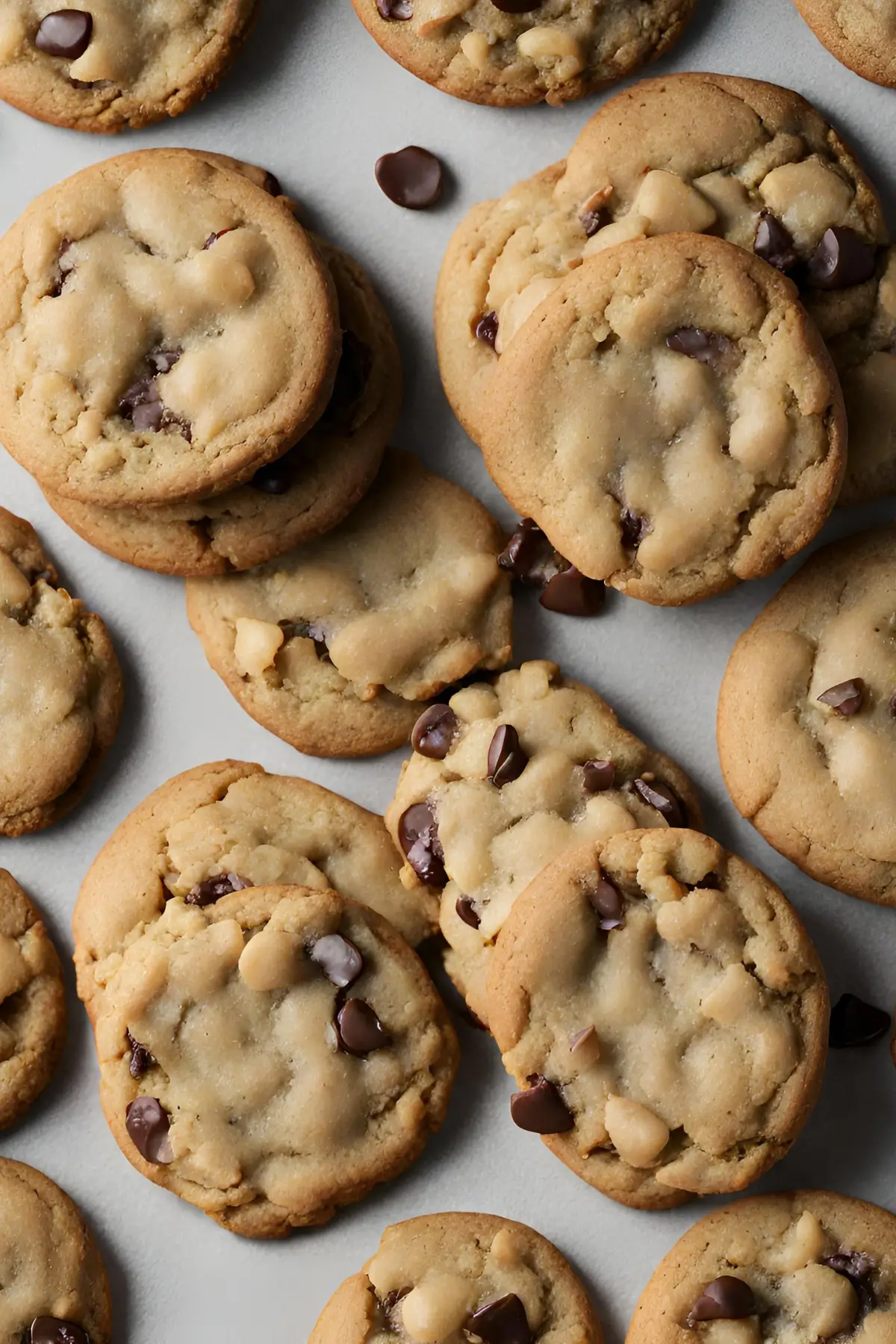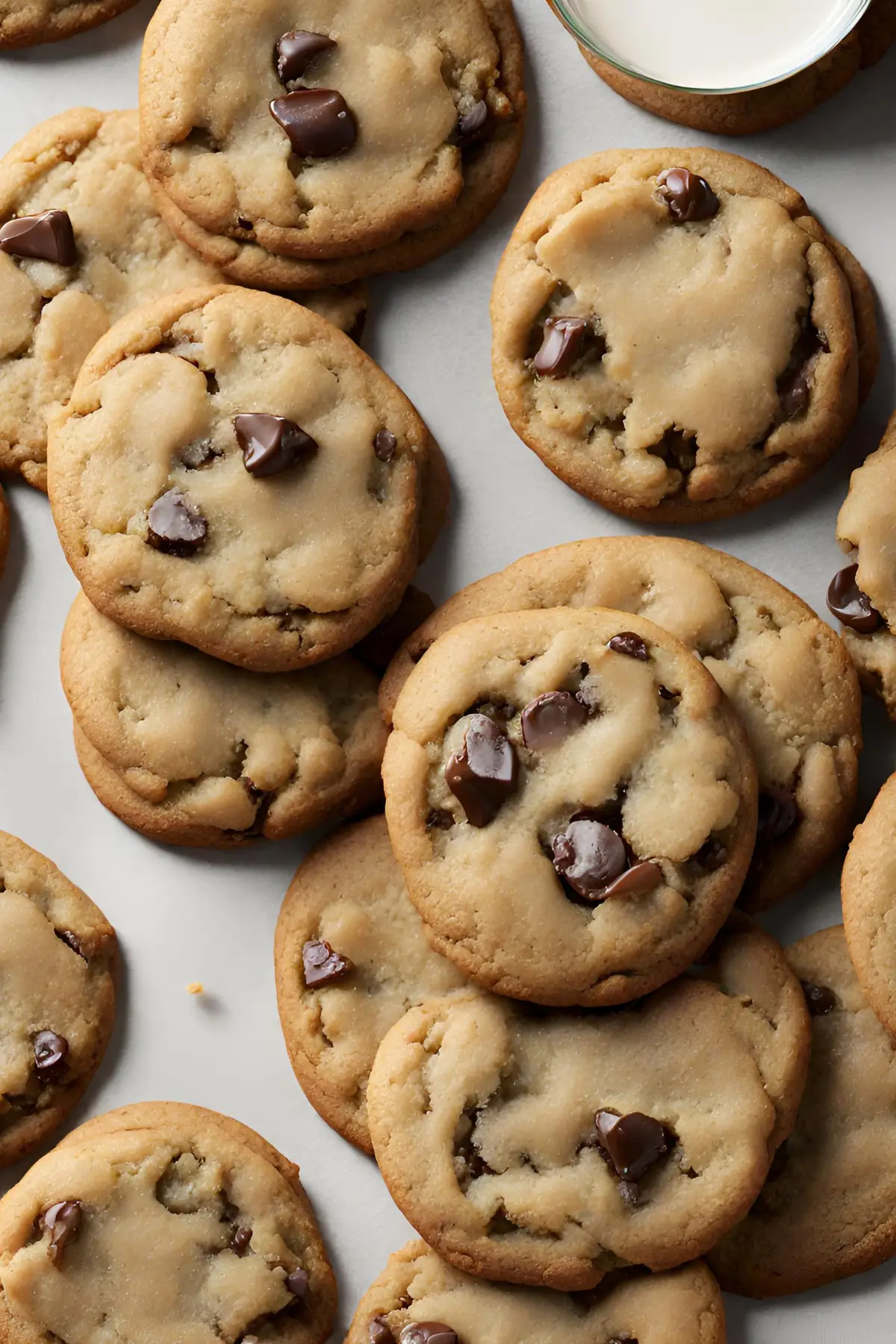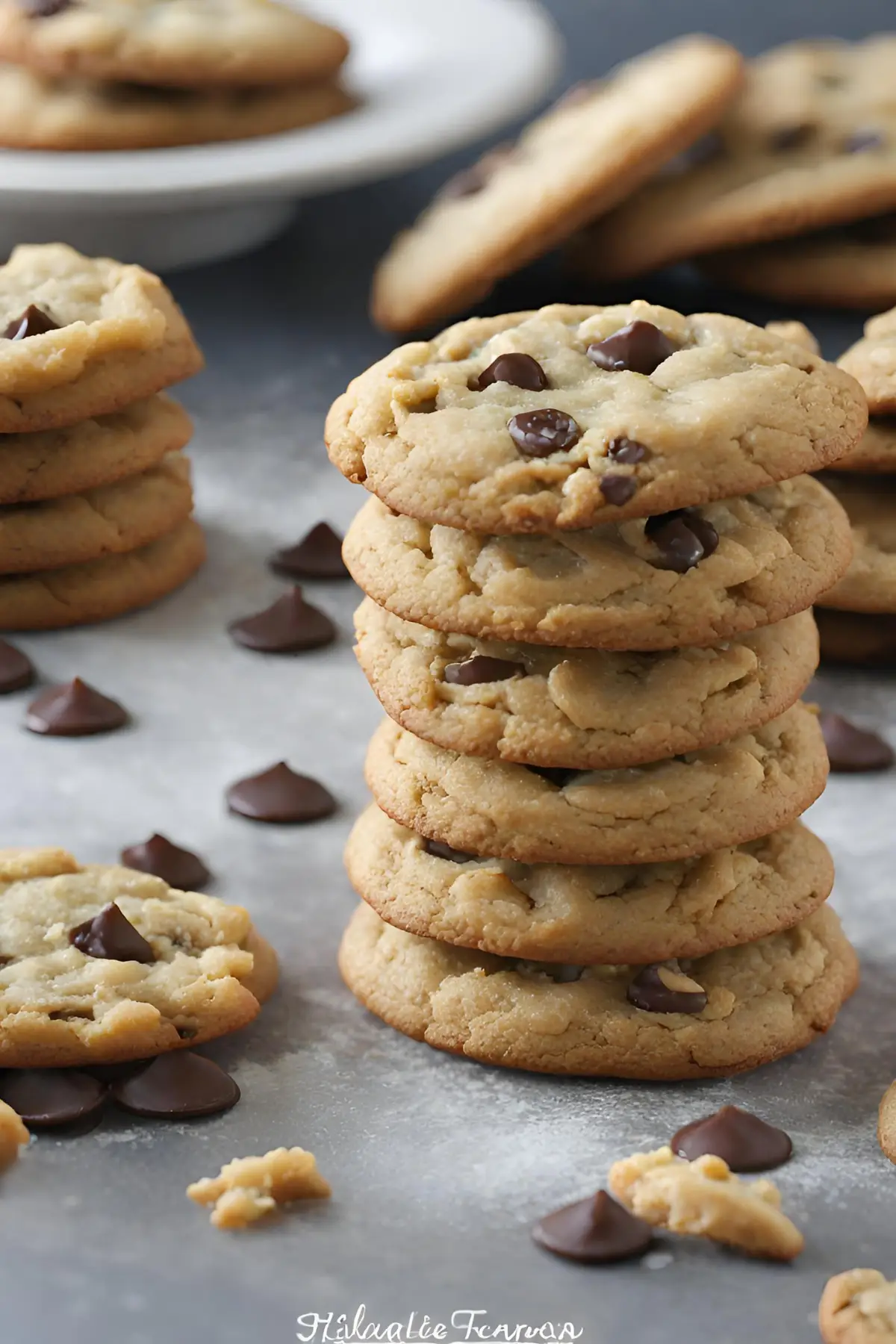Introduction to Cookies
Cookies are more than just a sweet treat; they are a universal symbol of comfort and celebration. When we talk about baking cookies, understanding the measurement system, particularly the concept of a dozen, is crucial. In the world of baking, a dozen signifies twelve units, so when we say 2 dozen cookies, we are referring to 24 individual cookies.
Understanding Measurements in Baking
Understanding measurements in baking is not just about the raw numbers; it’s about ensuring that every cake, bread, or pastry turns out as intended, every single time. Among the various units and terms used in baking, the concept of a dozen plays a particularly intriguing role, linking us to ancient practices and emphasizing the importance of precision.
The Concept of a Dozen in Baking
The term “dozen” is deeply rooted in history, originating from ancient trading practices where goods were often sold in quantities of twelve. This method of bundling items made transactions smoother and allowed for easier calculation of prices in times when sophisticated arithmetic tools were not available. In baking, the adoption of this term goes beyond tradition; it serves a practical purpose.
Key Points:
- Historical Origin: The use of a dozen in trading dates back centuries and was a common practice for selling a wide range of goods, including food items. Its adoption into baking is a testament to its enduring utility.
- Essential for Consistency: When a recipe specifies 2 dozen eggs, it leaves no room for ambiguity—it precisely means 24 eggs. This level of precision is crucial in baking, where the balance of ingredients directly affects the texture, flavor, and appearance of the final product.
Measurement Conversions in Baking
Understanding and applying measurement conversions is another cornerstone of successful baking. The ability to accurately convert measurements allows bakers to adapt recipes based on the ingredients they have on hand or the quantity of the final product they aim to produce.
Importance:
- Accuracy in Recipes: Baking is often likened to a science where exact quantities and proportions matter. Deviating from specified measurements can lead to drastically different outcomes, making conversions an essential skill for any baker.
- Scaling Recipes: Whether you’re baking for a small gathering or a large event, being able to scale recipes up or down is invaluable. Measurement conversions facilitate this process, ensuring that the integrity of the recipe is maintained regardless of the scale.
Conclusion
The precision required in baking is what sets it apart from other culinary arts. The concept of a dozen and the importance of measurement conversions are fundamental aspects of baking that underscore the need for accuracy and consistency. Understanding these principles helps bakers achieve perfection in their craft, ensuring that every baked good is as delicious and satisfying as intended.
Varieties and Recipes
The world of cookies is as diverse as it is delicious, offering a plethora of flavors and textures to suit any palate. From the comforting classic of chocolate chip to the refined elegance of a macaron, each type of cookie has its own identity and fan base. Whether you’re a novice baker looking to master the basics or an experienced one aiming to expand your repertoire, understanding the varieties and having a collection of recipes is essential.
Types of Cookies
-
Chocolate Chip: The quintessential cookie, beloved by all ages. Its appeal lies in the perfect balance of cookie dough and chocolate, creating a delightful contrast of flavors and textures. Chocolate chip cookies can range from soft and chewy to crisp and crunchy, depending on the recipe used.
-
Oatmeal Raisin: For those seeking a semblance of healthiness in their treats, oatmeal raisin cookies offer a chewy texture with the added benefits of oats and raisins. They strike a wonderful balance between sweet and hearty, making them a satisfying snack.
-
Macarons: On the more sophisticated end of the cookie spectrum, French macarons are small, colorful cookies with a crisp shell and a soft interior, often filled with ganache, buttercream, or jam. Making macarons can be a test of a baker’s skills, as they require precision and care to achieve their signature smooth tops and ruffled “feet.”
Basic Cookie Recipes
Starting with basic cookie recipes is a great way to dive into baking. These recipes serve as the foundation for understanding the principles of cookie making, such as the creaming method, the balance of wet and dry ingredients, and the importance of baking times and temperatures.
Tips for Achieving the Perfect Texture and Flavor:
- Creaming Butter and Sugar: This step is crucial for creating a light and fluffy texture. Make sure the butter is at room temperature to ensure it creams well with the sugar.
- Proper Measurement: Use measuring cups for dry ingredients and a liquid measuring cup for wet ingredients. Precision is key in baking.
- Oven Temperature: Always preheat your oven to the correct temperature before baking. An oven thermometer can help ensure accuracy.
- Chilling the Dough: For certain recipes, chilling the dough before baking can improve the texture and flavor of the cookies. It also prevents them from spreading too much in the oven.
Cinnamon Roll Cookies Recipe
For those looking to try something new, cinnamon roll cookies are a delightful twist on the traditional cinnamon roll. They encapsulate the warm, spicy flavor of cinnamon and the sweet, comforting taste of sugar in a cookie format.
Ingredients:
- Cookie Dough: Basic sugar cookie dough is used as the base.
- Filling: A mixture of butter, brown sugar, and cinnamon.
- Icing: A simple icing made with powdered sugar, milk, and vanilla extract.
Instructions:
- Prepare the Dough: Make your favorite sugar cookie dough.
- Roll and Fill: Roll out the dough into a rectangle. Spread the filling evenly over the dough, then roll it up into a log.
- Chill: Wrap the log in plastic wrap and chill in the refrigerator to firm up.
- Slice and Bake: Slice the log into rounds and bake until golden.
- Decorate: Drizzle with icing once cooled.
These cookies offer the joy of a cinnamon roll in a more convenient and equally delicious form. Perfect for sharing or enjoying with a cup of tea, they’re a testament to the endless creativity possible in the world of baking.
Baking Tips and Techniques
Baking the perfect batch of cookies is an art that combines precision, skill, and a bit of culinary magic. While recipes provide the blueprint, it’s the baking tips and techniques that transform ingredients into delightful treats. Here’s a comprehensive guide to mastering your baking skills, with a focus on creating the perfect cookies every time.
Baking Tips for Perfect Cookies
-
Accurate Measurement of Ingredients: Precision is key in baking. Use a digital scale to weigh your ingredients for accuracy. For dry ingredients like flour, spoon it into the measuring cup and level it off with a knife. This prevents packing and ensures you’re not adding too much, which could lead to dry cookies.
-
Understand Your Oven’s Temperature Quirks: Ovens can vary, and the temperature dial might not always reflect the true heat inside. Use an oven thermometer to verify the actual temperature. Knowing your oven’s hot spots by rotating the baking sheet halfway through the baking time can also lead to more evenly baked cookies.
Advanced Baking Techniques
-
Experiment with Flavors and Textures: Don’t be afraid to tweak recipes to suit your taste. Adding a pinch of sea salt to chocolate chip cookies can enhance their flavor, or substituting a portion of the all-purpose flour with almond flour can give a different texture. Experimentation leads to customization and possibly your signature cookie recipe.
-
Master the Art of Cookie Decoration: Elevate your cookies from delicious to stunning by learning some basic decoration techniques. Royal icing, fondant, and edible paints are great tools for adding artistic touches. Even something as simple as a drizzle of chocolate or a sprinkle of powdered sugar can make a big difference in presentation.
Additional Tips for Baking Success
-
Chill Your Dough: Chilling the cookie dough for at least an hour (or even overnight) can improve the texture and flavor of your cookies. This step allows the flour to hydrate fully and the fats to solidify, resulting in a cookie that spreads less and tastes better.
-
Use Parchment Paper or Silicone Baking Mats: These surfaces help to evenly distribute heat and prevent sticking, making cleanup easier and resulting in more consistent cookies.
-
Don’t Overcrowd the Baking Sheet: Leave enough space between each cookie dough ball on the baking sheet. Crowding can result in unevenly baked cookies that might merge into each other.
-
Cool on a Wire Rack: Once out of the oven, transfer your cookies to a wire rack after a few minutes. This stops the baking process and prevents the bottoms from becoming soggy.
Mastering the art of baking cookies is a rewarding process that combines science and creativity. By following these tips and techniques, you’ll be well on your way to baking perfection, delighting friends and family with your delicious creations. Happy baking!
Nutritional and Dietary Considerations
Cookies, often synonymous with indulgence, can be crafted to align with healthier eating habits and dietary considerations without sacrificing flavor. By making thoughtful ingredient choices and adjustments, cookies can be enjoyed as part of a balanced lifestyle.
Health Aspects of Cookies
-
Moderation is Key: Enjoying cookies as an occasional treat rather than a daily indulgence can help maintain a healthy balance. Portion control is essential; consider making smaller cookies to help manage consumption.
-
Incorporate Whole Grains and Reduce Sugar: Swap refined flours for whole grain alternatives like whole wheat, oat flour, or almond flour to add fiber and nutrients. Reducing the sugar content or using natural sweeteners like maple syrup, honey, or coconut sugar can lower the glycemic index of the cookies, making them slightly healthier.
Dietary Variations
-
Gluten-Free Options: For those with celiac disease or gluten sensitivities, gluten-free flours like rice flour, buckwheat, and almond flour can be used as substitutes. These flours not only cater to dietary restrictions but also introduce new textures and flavors.
-
Vegan Options: Vegan cookies are made without animal products, utilizing plant-based substitutes such as flax eggs (ground flaxseed mixed with water), vegan butter, and dairy-free milk. These alternatives can produce cookies that are just as delicious and satisfying as their traditional counterparts.
Recipes Adaptable to Various Dietary Restrictions
Creating cookie recipes that are adaptable to different dietary needs allows everyone to enjoy a sweet treat without feeling left out. Here are some tips for adapting recipes:
-
Use Binders for Gluten-Free Cookies: Gluten-free baking often requires a binder to replace the gluten’s role in providing structure. Xanthan gum or guar gum can be added to gluten-free flour mixes to improve texture.
-
Experiment with Fat Sources: In vegan baking, traditional butter can be replaced with coconut oil, avocado, or vegan butter. Each fat source offers a unique flavor profile and texture to the cookies.
-
Consider Natural Sweeteners: For those looking to reduce refined sugar, experimenting with natural sweeteners like dates, bananas, or applesauce not only adds sweetness but also moisture, contributing to the cookie’s overall texture.
-
Add Nutritional Boosts: Incorporating ingredients like chia seeds, flaxseeds, or nuts can boost the nutritional profile of cookies, adding omega-3 fatty acids, fiber, and protein.
By embracing these nutritional and dietary considerations, cookies can be transformed from a guilty pleasure into a treat that fits within various lifestyle and health goals. With a little creativity and experimentation, baking cookies can be both a delicious and nourishing experience.
FAQs Section
- How long do homemade cookies last?
- Typically a week when stored properly. For more information, read about how long cookies last.
- Can cookie dough be frozen?
- Yes, for up to 3 months.
Conclusion
Understanding 2 dozen cookies is more than just a numerical concept; it’s about embracing the joy of baking and sharing. Whether you’re a novice or a seasoned baker, the world of cookies offers endless possibilities for creativity and delight. Remember, the key to perfect cookies lies in understanding measurements, choosing the right ingredients, and baking with love. Happy baking!
PrintWhat Is 2 Dozen Cookies?
- Total Time: 27 minutes
- Yield: 2 dozen cookies 1x
Description
This recipe yields 2 dozen (24) classic cookies that are crispy on the edges and chewy in the middle, perfect for sharing or indulging over a few days. It’s adaptable, allowing for variations in add-ins like chocolate chips, nuts, or dried fruit to suit your taste.
Ingredients
- 1 cup all-purpose flour
- 1/2 teaspoon baking soda
- 1/4 teaspoon salt
- 1/2 cup unsalted butter, softened
- 1/2 cup granulated sugar
- 1/4 cup brown sugar, packed
- 1 large egg
- 1 teaspoon vanilla extract
- 1 cup mix-ins (chocolate chips, nuts, dried fruit)
Instructions
- Preheat oven to 350°F (175°C).
- Whisk together flour, baking soda, and salt.
- Cream butter and sugars until light and fluffy. Beat in egg and vanilla.
- Gradually add dry ingredients to wet, then fold in mix-ins.
- Drop by tablespoonfuls onto baking sheets, 2 inches apart.
- Bake for 10-12 minutes or until golden.
- Cool on wire racks.
Notes
For a healthier version, substitute half the all-purpose flour with whole wheat flour and reduce the sugar by one-third. Experiment with mix-ins to customize.
- Prep Time: 15 minutes
- Cook Time: 12 minutes
- Category: Dessert
- Method: Baking
- Cuisine: American
Nutrition
- Serving Size: per cookie, approximate
- Calories: 120 kcal
- Sugar: 12g
- Sodium: 95mg
- Fat: 5g
- Saturated Fat: 3g
- Carbohydrates: 18g
- Fiber: 0.5g
- Protein: 1.5g
- Cholesterol: 20mg

